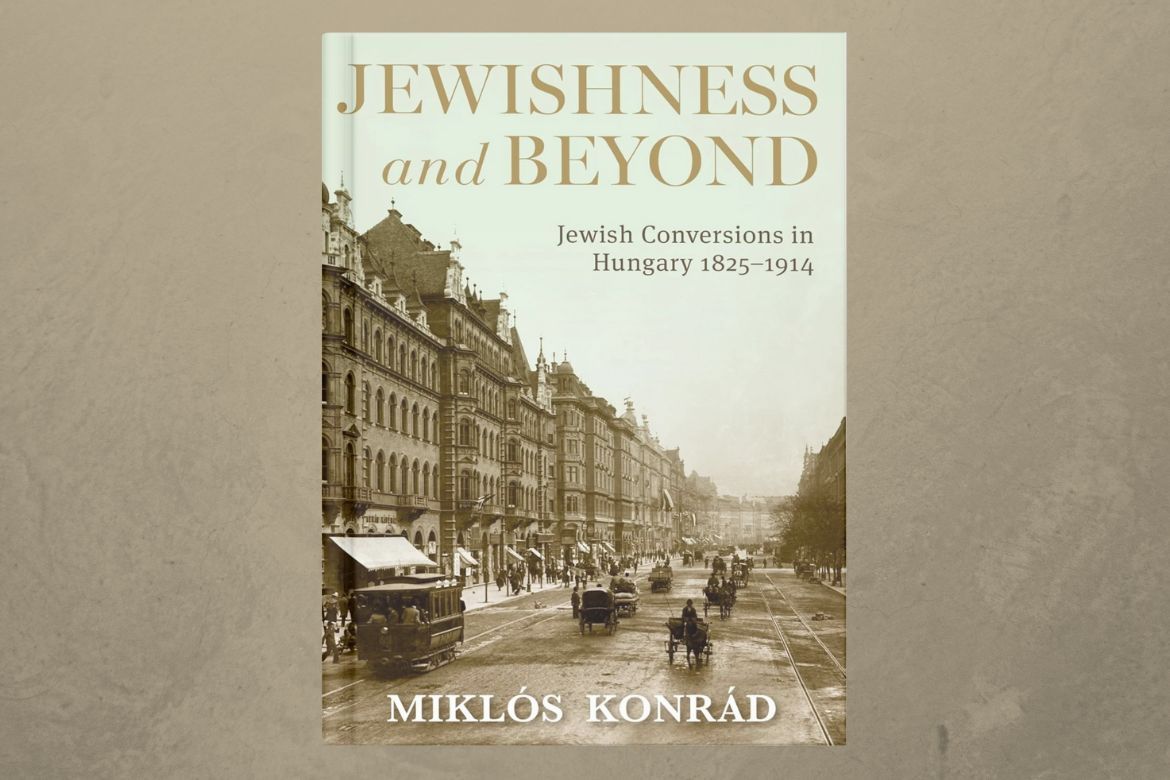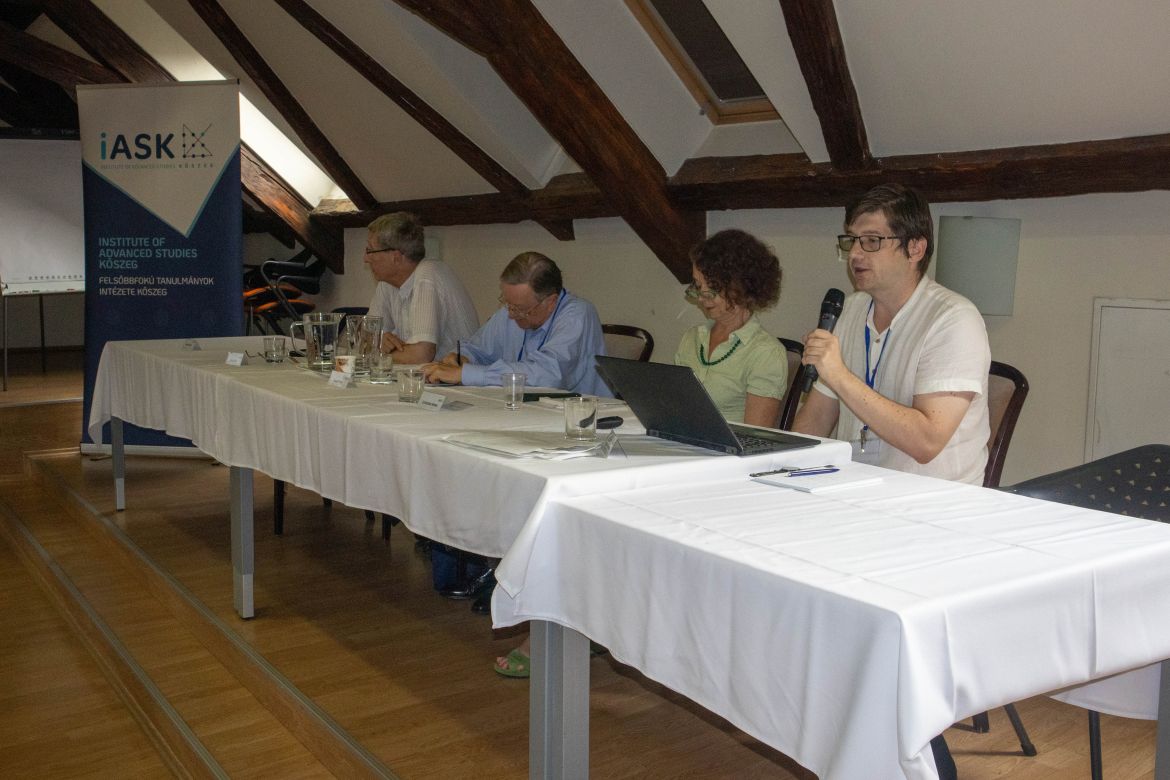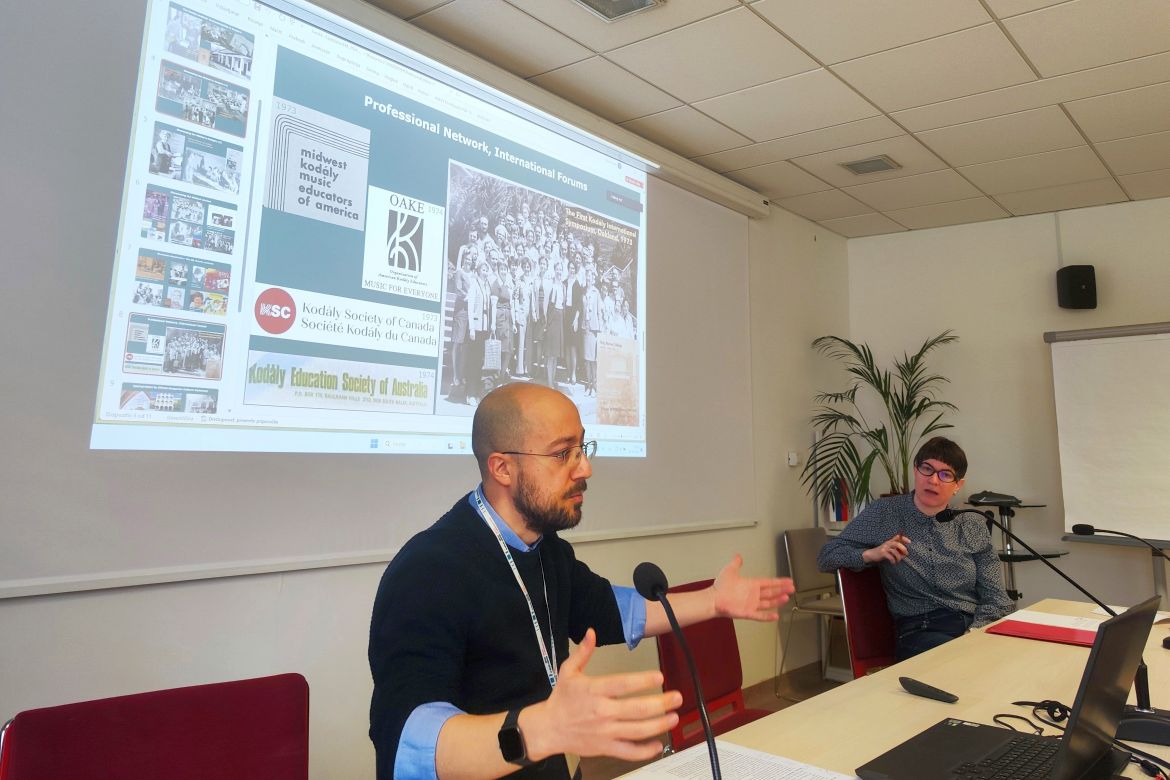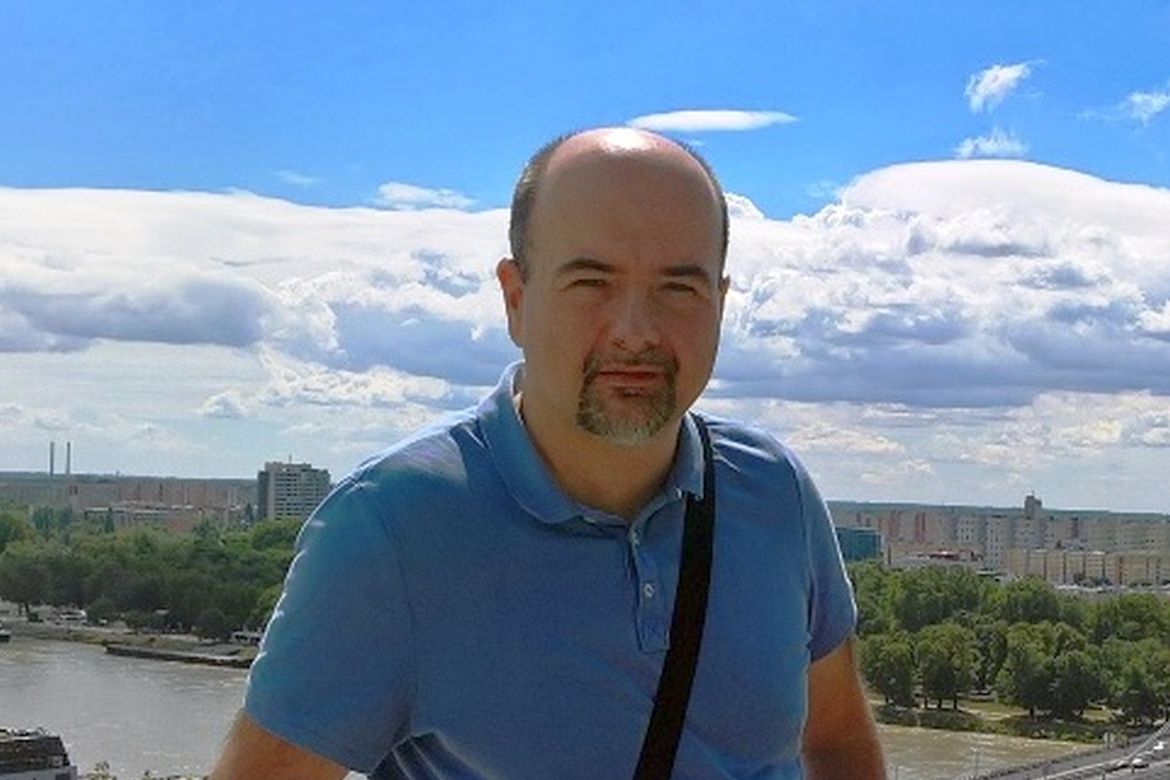

The monograph Jewishness and Beyond. Jewish Conversions in Hungary 1825-1914 by Miklós Konrád, Senior Research Fellow of our institute, has been published by Indiana University Press.

Gábor Demeter, senior research fellow of our institute, was invited by the Institute of Advanced Studies (iASK) of Kőszeg to give a lecture in English on the current political situation in the Balkans and historical analogies on 26 June 2024 in Kőszeg.

At the invitation of the University of Toronto and the University of Ottawa, Attila Pók (professor emeritus, Institute of History, HUN-REN Research Centre for the Humanities) gave several lectures in Canada between 1 and 6 April 2024.

Szabolcs László, a research fellow at our institute specializing on the history of the Cold War, participated in the workshop entitled International Friendship within and beyond the Iron Curtain, organized by the Institute of Contemporary History in Ljubljana, between April 18-19.

A new researcher joined the project NKFI FK 132 609, Consortional assoc.: Exploration of cadastral surveys (tapu defter) of Ottoman Hungary and the periphery of the occupied region II. Dino Mujadžević is a senior researcher at the Department for History of Slavonia, Srijem and Baranja, Croatian Institute of History.
Page 4 of 7